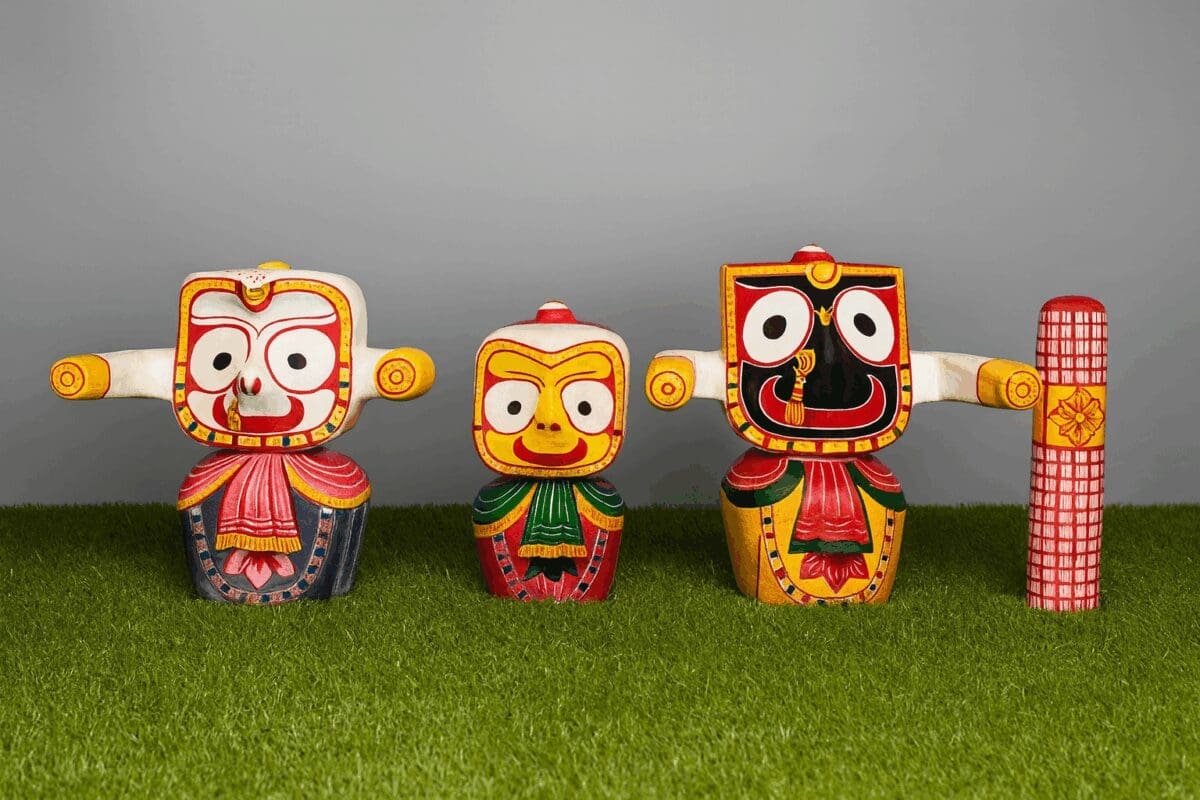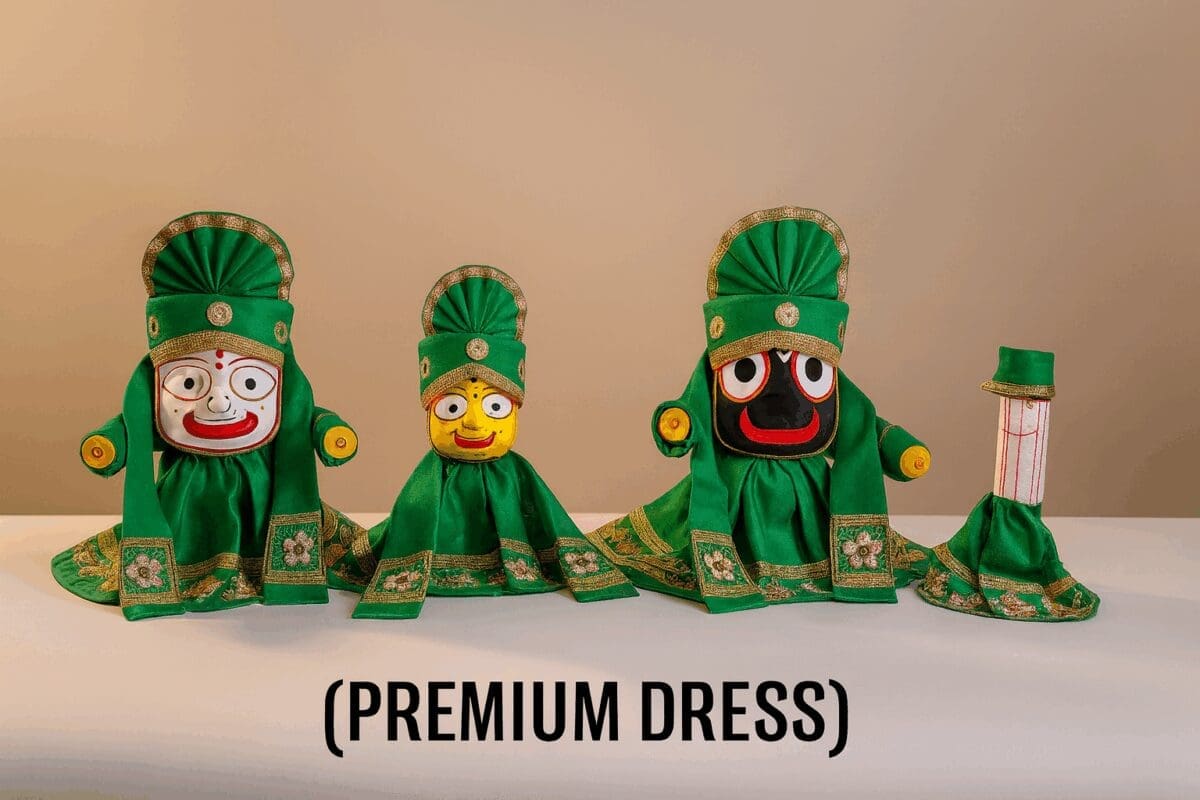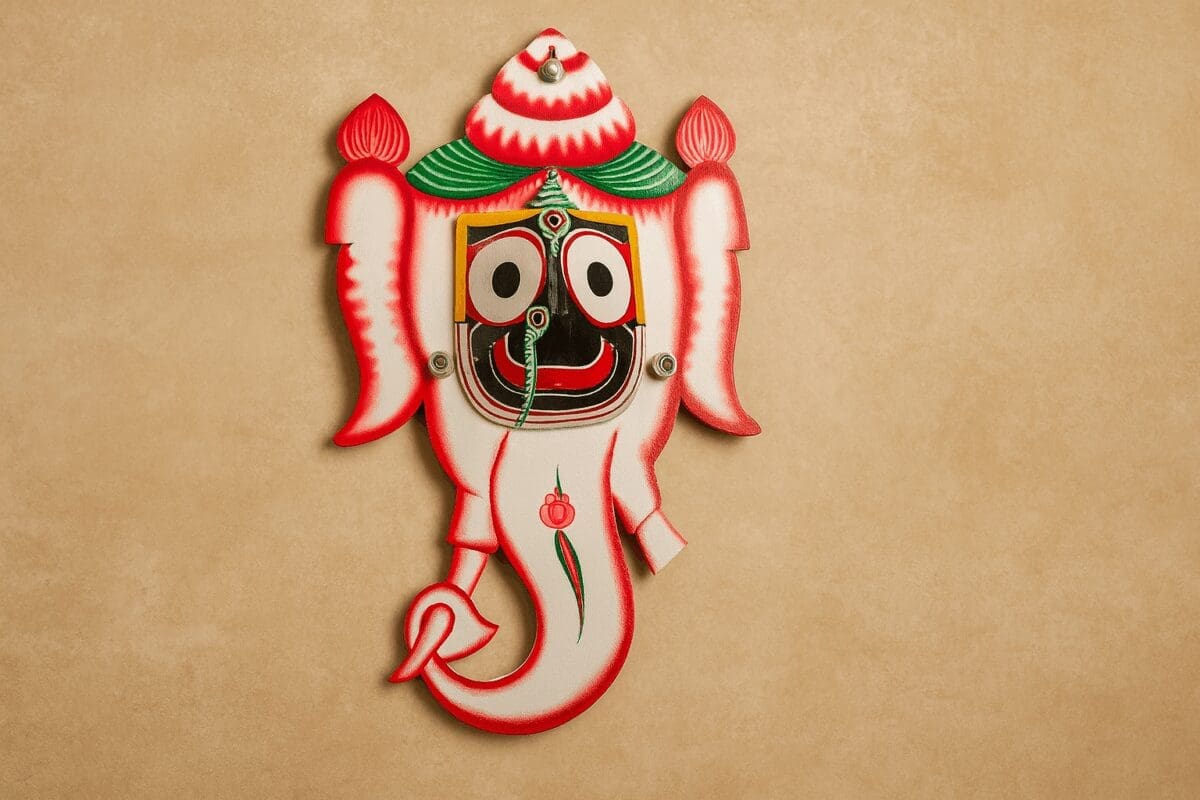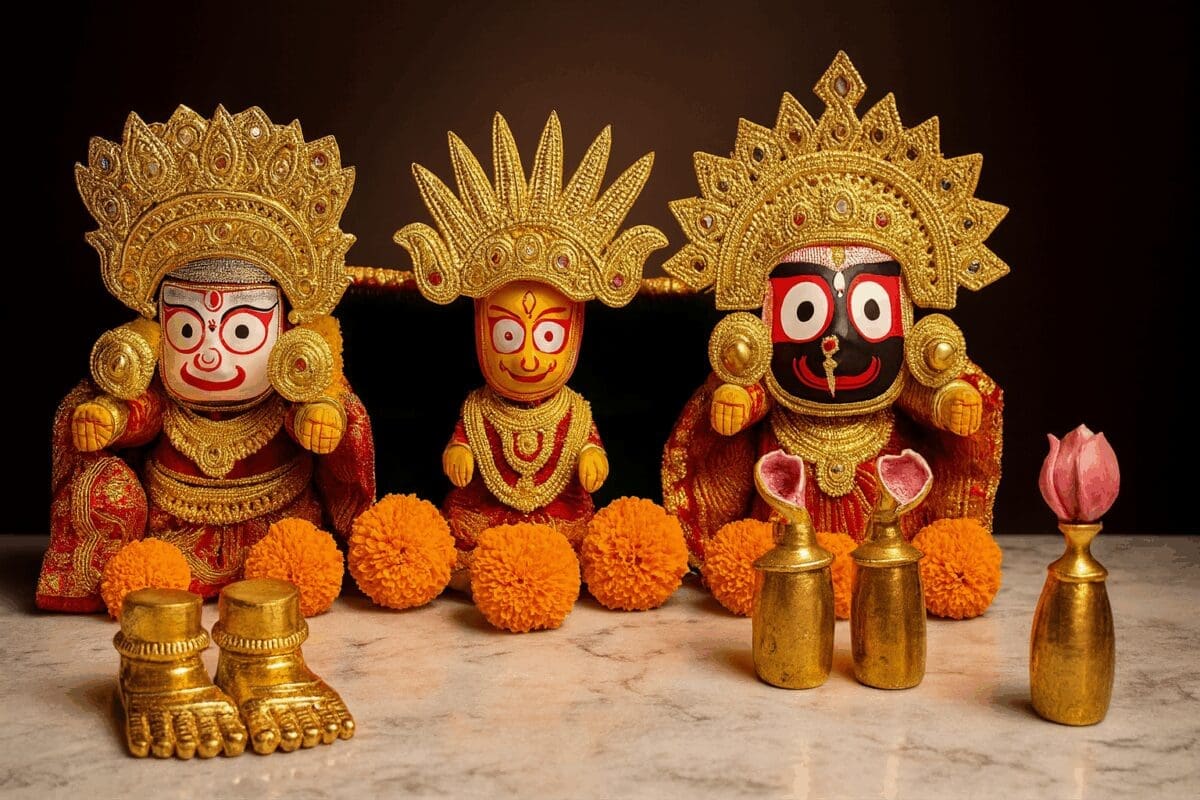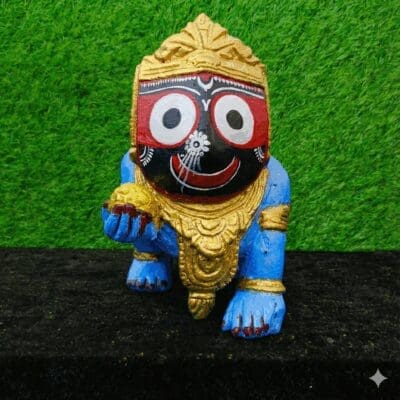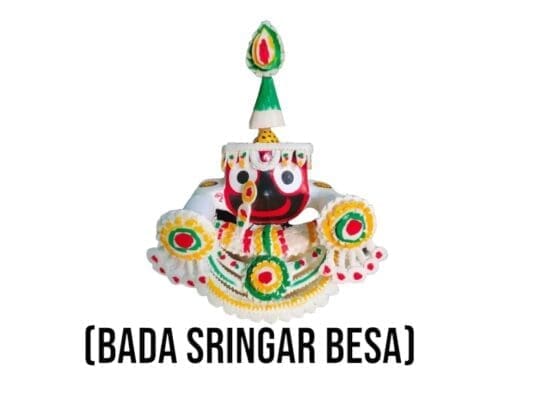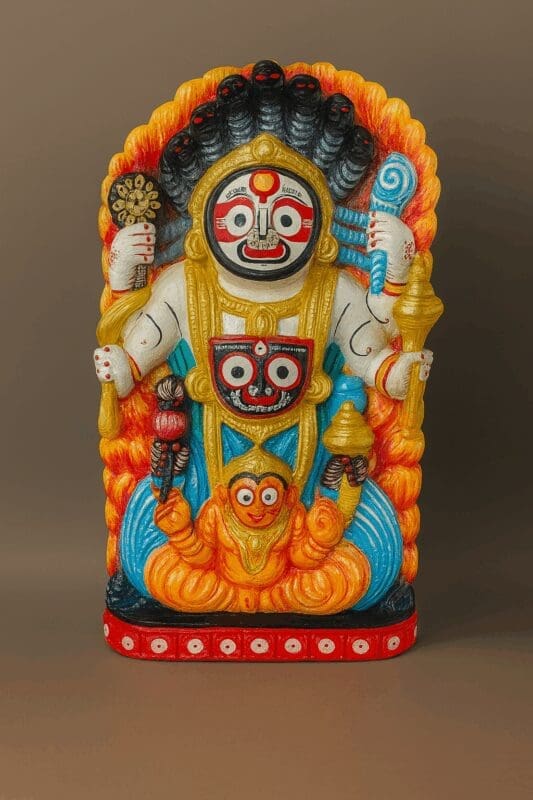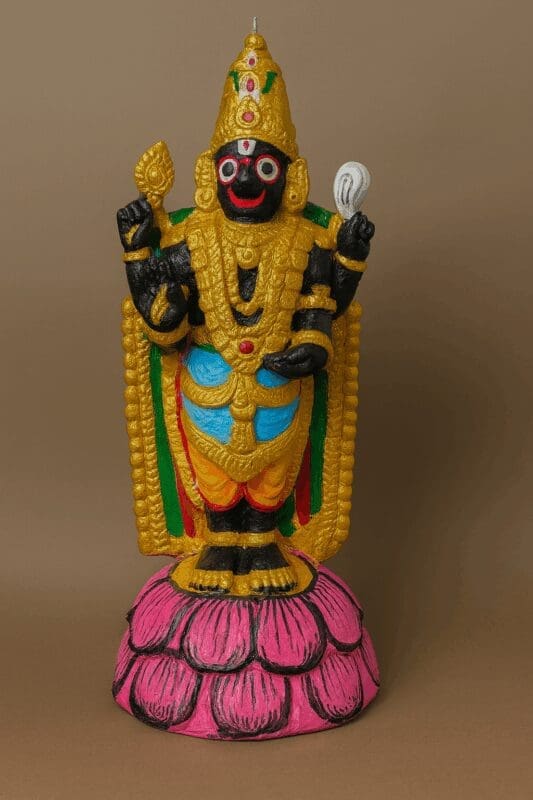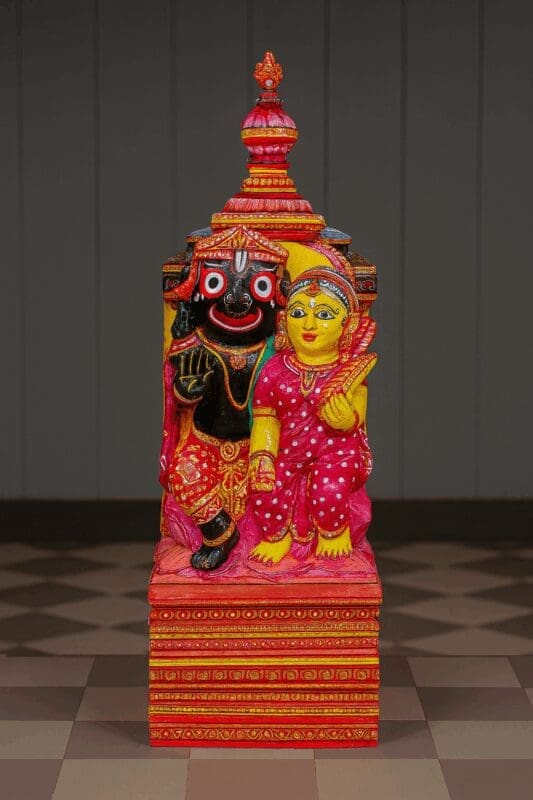-
×
 Bije kahali For Shri Jagannath Mahaprabhu
₹ 1,499.00
Bije kahali For Shri Jagannath Mahaprabhu
₹ 1,499.00 -
×
 Car sticker
₹ 260.00
Car sticker
₹ 260.00 -
×
 Shri Jagannath's Wooden Temple
₹ 1,499.00
Shri Jagannath's Wooden Temple
₹ 1,499.00 -
×
 Hara Parbati Marble murti
₹ 4,489.00
Hara Parbati Marble murti
₹ 4,489.00 -
×
 Shri Jagannath Locket(Black)
₹ 875.00
Shri Jagannath Locket(Black)
₹ 875.00 -
×
 Niladrinath Gift Hamper
₹ 8,899.00
Niladrinath Gift Hamper
₹ 8,899.00 -
×
 Wooden sindur stand
₹ 799.00
Wooden sindur stand
₹ 799.00 -
×
 Dakhinabarti sankha (Small Size)
₹ 1,249.00
Dakhinabarti sankha (Small Size)
₹ 1,249.00 -
×
 Dhyana Yantra
₹ 105,625.00
Dhyana Yantra
₹ 105,625.00 -
×
 Key Chain
₹ 225.00
Key Chain
₹ 225.00 -
×
 Wooden Patitapawan temple
₹ 759.00
Wooden Patitapawan temple
₹ 759.00 -
×
 Ratha Yatra Ritual Guided Mantra Audio
₹ 936.00
Ratha Yatra Ritual Guided Mantra Audio
₹ 936.00 -
×
 Shri Jagannath dham's Mrudanga
₹ 7,599.00
Shri Jagannath dham's Mrudanga
₹ 7,599.00 -
×
 Ghantua: One who ring the bell
₹ 5,499.00
Ghantua: One who ring the bell
₹ 5,499.00 -
×
 Wooden Ratha
₹ 52,469.00
Wooden Ratha
₹ 52,469.00 -
×
 Car Sticker
₹ 249.92
Car Sticker
₹ 249.92
You may be interested in…
-
Add
This product has multiple variants. The options may be chosen on the product page
 Grace Shawl for Pooja/fastival moments and Temple Visit
From ₹ 675.00
Grace Shawl for Pooja/fastival moments and Temple Visit
From ₹ 675.00 -
Add
This product has multiple variants. The options may be chosen on the product page
 Stand For Sankha
From ₹ 325.00
Stand For Sankha
From ₹ 325.00 -
Add
 The divine Tulasi Kanthi Mali
The divine Tulasi Kanthi Mali
₹ 459.00Original price was: ₹ 459.00.₹ 329.00Current price is: ₹ 329.00. -
Add
 Aguru : The natural Perfume for Mahaprabhu
Aguru : The natural Perfume for Mahaprabhu
₹ 999.00Original price was: ₹ 999.00.₹ 799.00Current price is: ₹ 799.00. -
Add
 Dhanwani sankha(Blowing Sankha)
Dhanwani sankha(Blowing Sankha)
₹ 2,999.92Original price was: ₹ 2,999.92.₹ 1,874.00Current price is: ₹ 1,874.00.


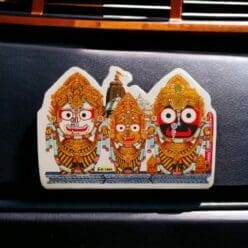 Car sticker
Car sticker  Shri Jagannath's Wooden Temple
Shri Jagannath's Wooden Temple 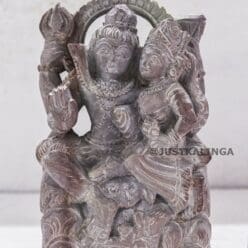 Hara Parbati Marble murti
Hara Parbati Marble murti 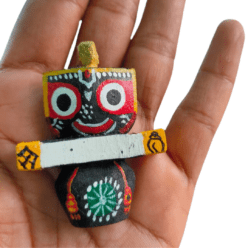 Shri Jagannath Locket(Black)
Shri Jagannath Locket(Black) 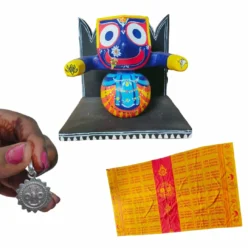 Niladrinath Gift Hamper
Niladrinath Gift Hamper  Wooden sindur stand
Wooden sindur stand  Dakhinabarti sankha (Small Size)
Dakhinabarti sankha (Small Size) 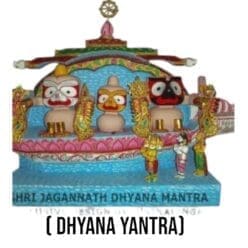 Dhyana Yantra
Dhyana Yantra  Key Chain
Key Chain  Wooden Patitapawan temple
Wooden Patitapawan temple  Ratha Yatra Ritual Guided Mantra Audio
Ratha Yatra Ritual Guided Mantra Audio  Shri Jagannath dham's Mrudanga
Shri Jagannath dham's Mrudanga  Ghantua: One who ring the bell
Ghantua: One who ring the bell 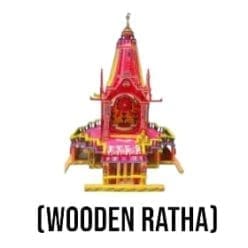 Wooden Ratha
Wooden Ratha  Car Sticker
Car Sticker 




